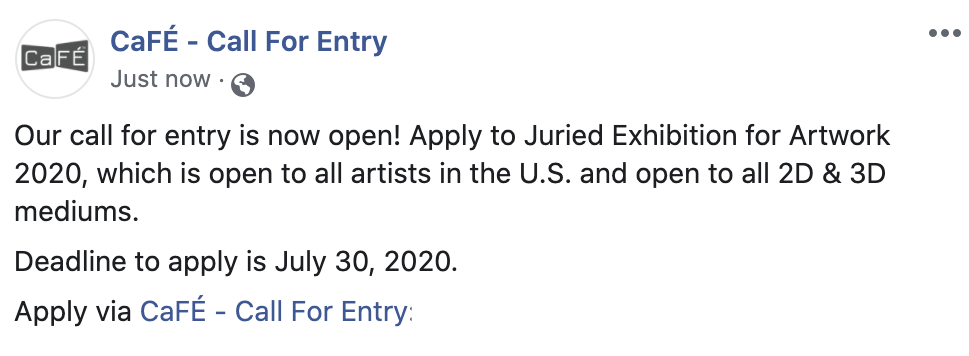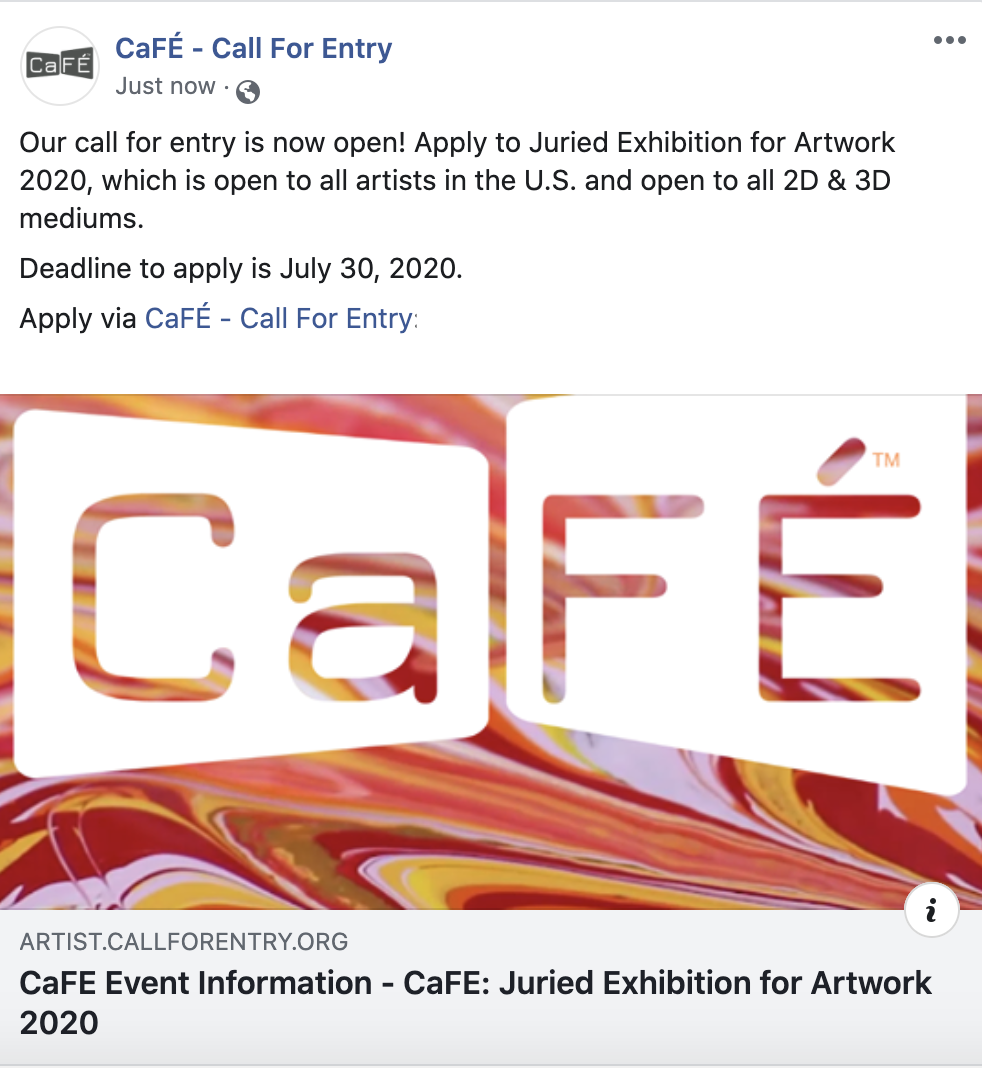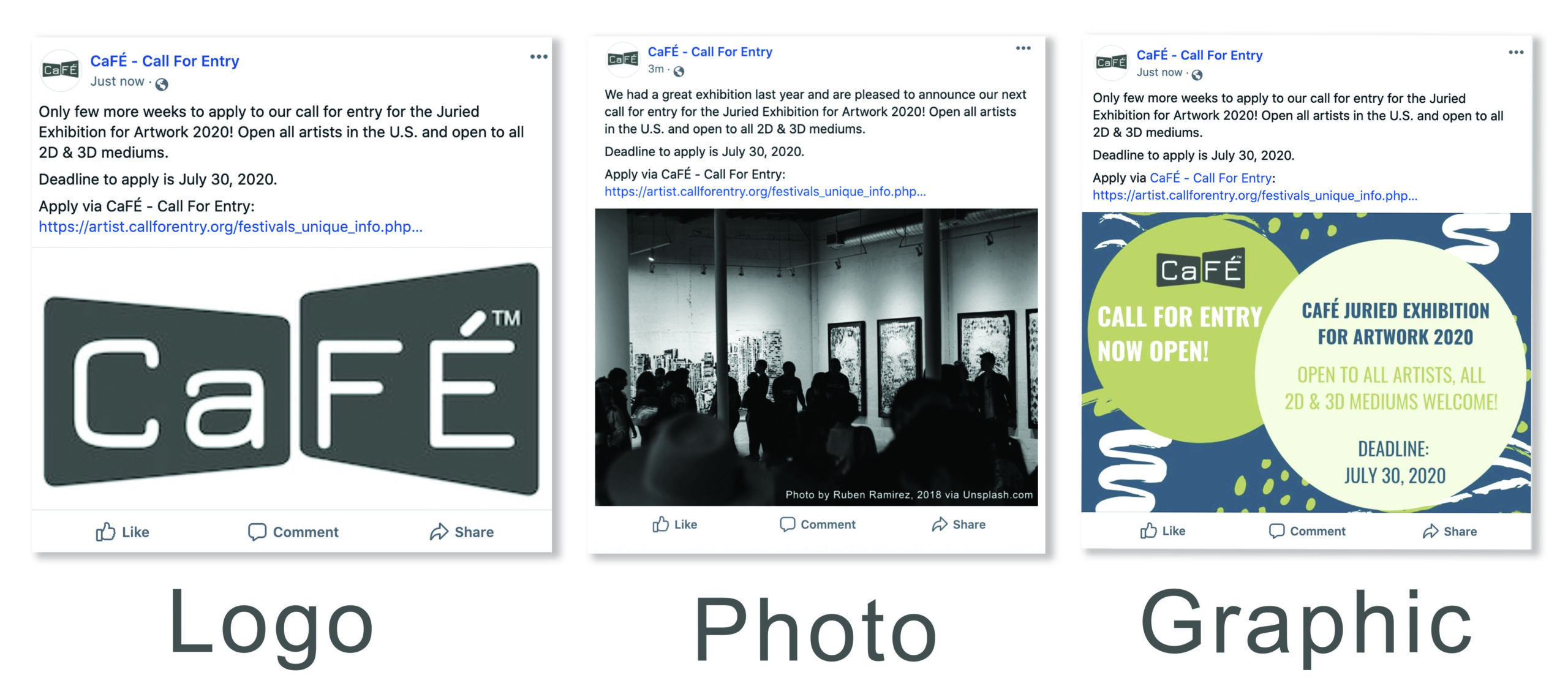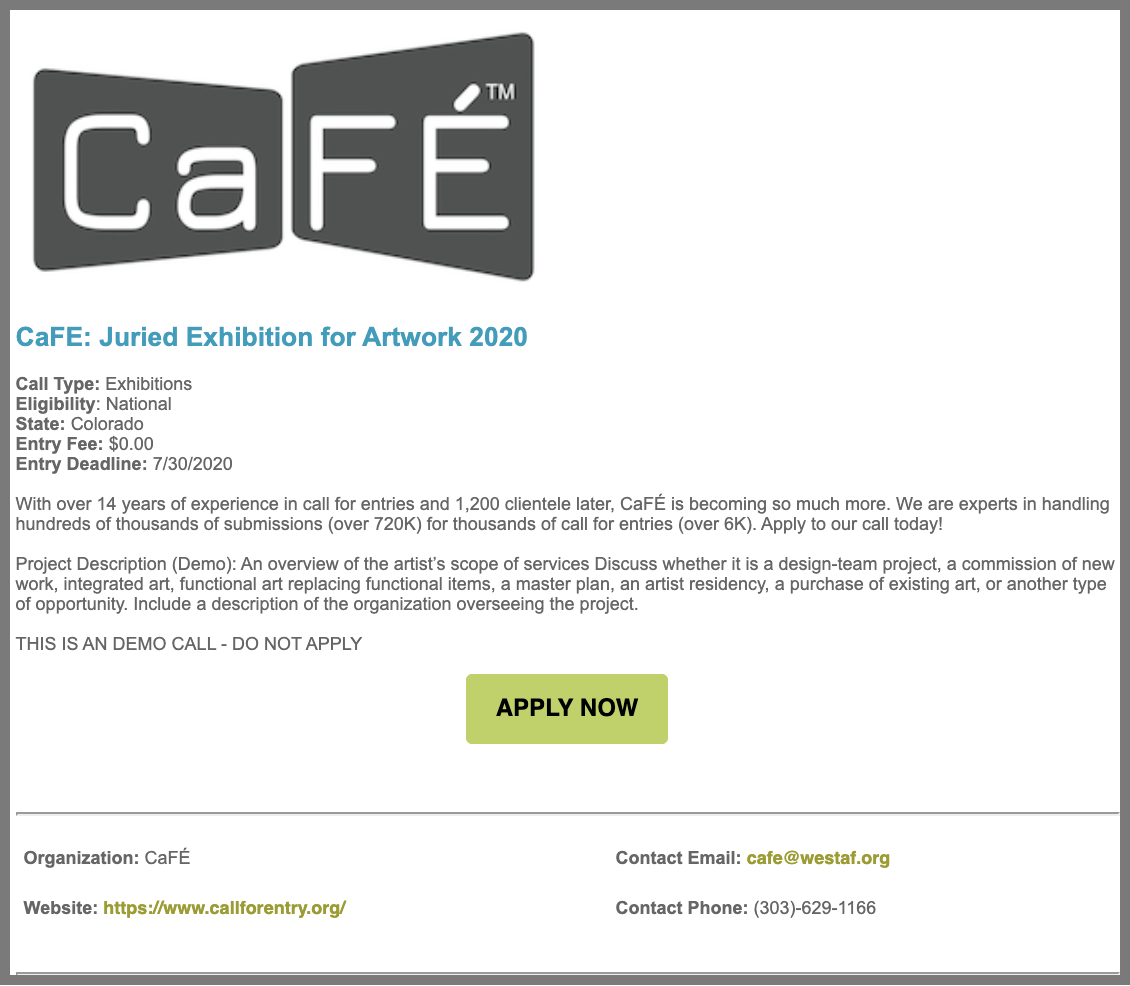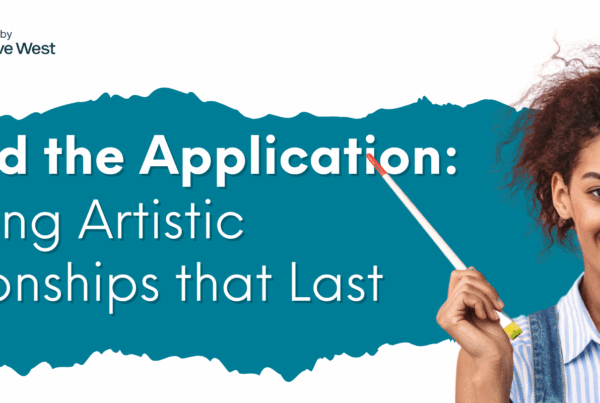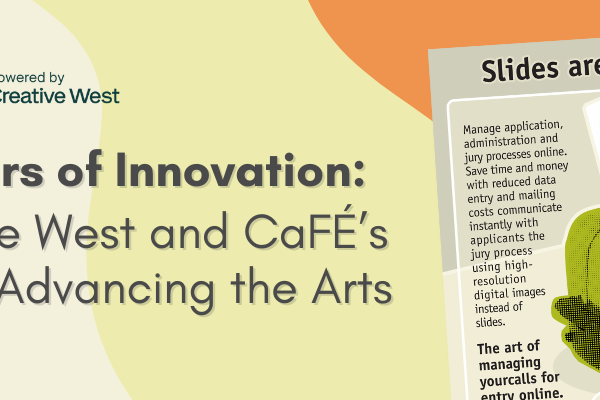
Hosting a call for art is a great way to invite artists to show their work in your gallery or use their talents for your public art project. Before you can make your selections, however, you first need artists to apply to your call—and the more submissions you receive, the more options you’ll have to choose from. When you use CaFÉ, your call will be searchable on the call listings page and is included in our email notifications to artists as we remind them of upcoming deadlines. While this may be enough, you may want to explore additional methods for promoting your call. In this post, we’ve come up with some tips to help you reach even more artists.
Related blog post: Help Artists Find Your Call in 6 Simple Steps
Determine your audience.
One of the first steps to take before promoting your call for entry should be determining who is your target audience. You likely have a head start because you’ve already established who is eligible to apply to your call. Are you only looking for artists who reside in your state, or is the call open nationally? Is your call exclusive to painters or is it open to artists of all disciplines? These are the questions you hopefully have answered when you wrote your prospectus, but identifying your target audience will help you find a starting point when promoting your call.
Determining your audience will help you understand where you should target your promotions. If your call is locally or regionally based, you should focus your efforts on local networks. If your call is open nationally or internationally, you’ll need to expand your reach. The same applies to artistic disciplines, as you’ll only want to target the artists who are eligible to apply to your call. Other demographics can be taken into account when determining your target audience such as age, gender identification, occupation, etc.
Use the outlets you already have access to.
Promoting your call for entry can be time consuming, and in some cases, costly. Before you seek out additional resources, ask yourself what outlets you already have access to use—and use them. If social media comes to mind, great! We’ve got multiple social media tips for you in the next section because it’s truly one of the greatest and easiest tools for promoting your call.
In addition to social media, what else do you have access to? Does your organization have a regularly scheduled newsletter or e-blast where you can include your call? Do you have an email list of members or subscribers to whom you could send an announcement? If you’re lacking answers to these questions, think about how you personally find out about calls for entries or upcoming events—you might be surprised at what you come up with.
Harness the power of social media.
It’s no surprise that social media is one of the easiest ways to share your call for entries. You can share a link to your call information or website in just a few steps, but there’s a lot more you can do to maximize your promotion on social media. Below are our tips to help you reach more artists on these platforms:
1. Write a compelling yet concise caption for your post.
When someone sees your post on their timeline, you want to convey information that will entice them to learn more about your call (and eventually apply to it). Include the title of your call, a brief description, and details such as eligibility requirements and the deadline to apply. It’s important not to crowd the post with too much information or else you’ll lose your audience’s attention.
2. Always include a URL.
You want to make it as easy as possible for potential applicants to find more information and apply to your call. If you don’t give them a link to go to, you’ll quickly lose their interest, so make sure you copy and paste the URL to your website or call information. Luckily, linking to your call details from CaFÉ is easy, as you’ll find your unique call URL right on your Call Editor!
Bonus tip: When you add a URL to a Facebook post, a clickable preview of the link will be automatically generated (see image). To clean up the caption, you’ll want to delete the URL from the post after the preview is created. Additionally, If the logo you upload to CaFÉ is square (250 x 250 pixels) the generic CaFÉ logo (pictured) will be replaced with your own organization logo.
3. Include a visual component.
Your social media post should catch the attention of anyone scrolling through their timeline. A post consisting of only text is far less likely to catch one’s eye than a post containing a graphic, photo, or video. While some social media platforms auto-generate images when you include a link, this may not be the image you want and may not always look the way you want. To make your post more dynamic, try adding your call’s logo, a photo of last year’s exhibition, or a graphic of key call details.
4. Don’t sleep on hashtags.
Hashtags are a social media invention that may seem unnecessary, but are in fact an easy way to widen the reach of your social media posts. Facebook, Instagram, and Twitter all use hashtags, so they’re easy to use across all platforms. Aim to include 2-4 hashtags (too many are distracting from your post) that are relevant to the artistic discipline you’re targeting, your location, or general call for entries. Examples: #CallForEntry #CaliforniaArtists #Exhibitions
5. Post early and often.
It won’t be enough to share one post on your social media page(s) and call it good. To ensure your post is seen and not lost on your audience’s timeline, make sure to post your call information numerous times leading up to your call’s deadline. As soon as your call goes live, up until there’s one day left to apply, remind artists about your call so they don’t forget about it!
6. Share, share, share!
The best way to get more people to view your social media post is to share it anywhere you can. Share it on your personal page and on multiple platforms—you can also share it to any Facebook groups you’re a part of (that are relevant to your call). Don’t forget to ask your colleagues and friends to share the post to their networks, because that will dramatically increase your reach. Sharing, retweeting, or reposting takes only a couple of clicks and can help your call for entry gain more exposure.
7. Bonus tip: tag us!
If you create a social media post, you can tag CaFÉ (see our handles below). We try to repost as many posts as we can to help you increase your reach. Tagging us ensures that we see it!
- Facebook: @CaFÉCallForEntry
- Instagram: @callforentry
- Twitter: @CallForEntry
Harness the power of social media.
In addition to using social media to share your call with a wide audience, sending emails directly to artists is another great way to increase your number of submissions. If you have an email list of members or interested subscribers, you can craft a message to encourage them to apply to your call. If you don’t have an email list, or if you don’t have the time to design and create your own promotional email, CaFÉ has a service that does the work for you!
The CaFÉ Promotional E-Blast is a service in which the CaFÉ team helps you create an email specifically about your call, including a description, the call type, deadline date, eligibility, and more! We also include the logo attached to your call and your organization’s contact information to further personalize the message. Once the email is crafted, we send it on the date of your choice to a targeted group of artists who are registered on CaFÉ. All you have to do is pick the state(s) or region(s) and the artistic discipline(s) you want to reach, and your call details will be sent to that group!
We have multiple pricing options based on the size of your target audience. To get started, visit our CaFÉ Promotional E-Blast details page and fill out the reservation form!
Explore any and all options.
There are many factors that go into an artist’s decision to apply to a call. While there isn’t one perfect way to promote a call that works for all organizations and all call types, we hope these tips help you get started in reaching more artists. As with any skill, practice makes perfect, so the more you experiment with different methods and tools, the more successful you’ll be.
Written by Communications Coordinator Justine Chapel

